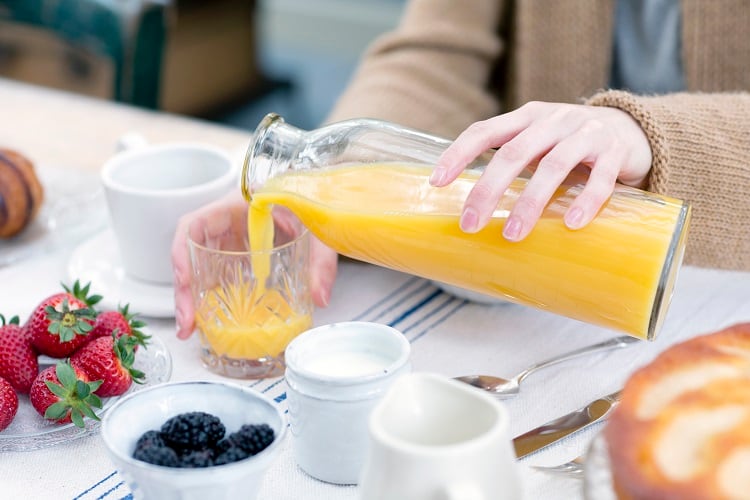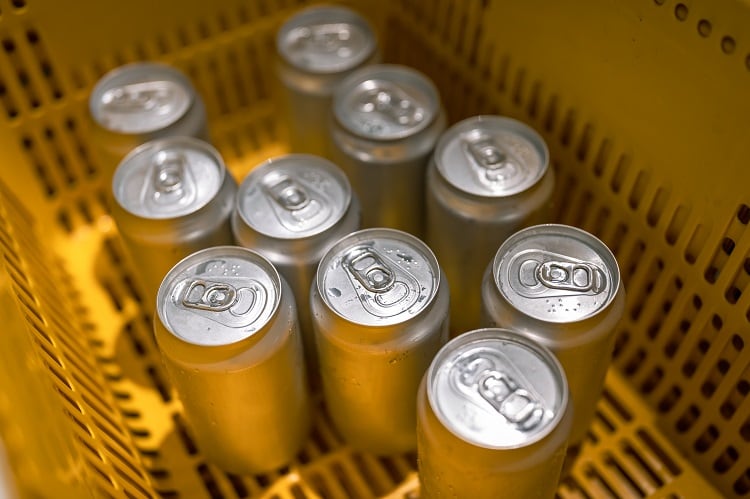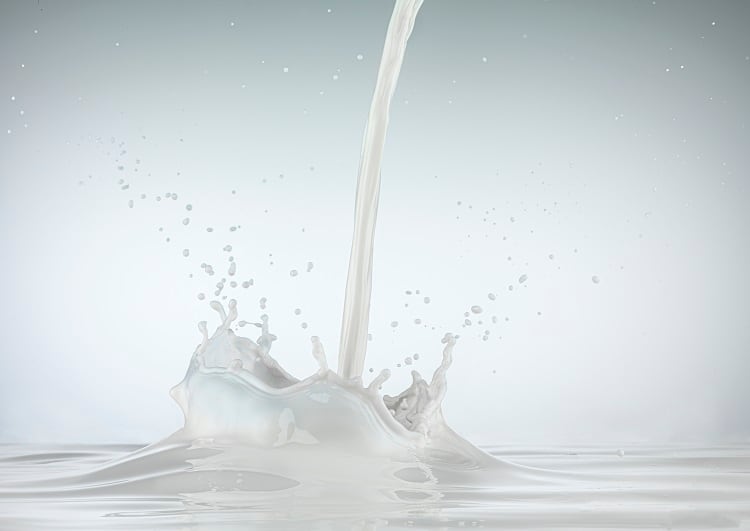Many consumers want their products to be clean label. According to Mintel’s Emma Schofield, the clean label trend is founded on consumer perception. Consumers don’t always understand whether an ingredient is natural or artificial, she told FoodNavigator in 2022.
While the term is not legally defined, 'clean label' usually refers to products that do not contain an abundance of additives or preservatives, instead using ‘natural’ ingredients.
Consumers have a greater awareness of health and nutrition than they once did, suggested Heather Morris, co-founder of beverage development company SHFoodie, at the Bread and Jam festival in London last month. This accounts for the rising demand for clean label products.
Clean label, she said, can mean different things to different people, although it is usually defined by absence. It can man the absence of artificial flavours, artificial colours, artificial sweeteners, artificial preservatives, and genetically modified organisms (GMOs).
Developing a clean label beverage with a long shelf life poses challenges that do not come with creating a long shelf life for a product that isn’t clean label.
What are the challenges of developing a clean label beverage with a long shelf life?
One of the key challenges of combining a long shelf life with clean label is that clean label ingredients often do not last as long as artificial ones, and have shorter shelf lives. In a clean-label product, microbial growth can prove a significant challenge.
Weather fluctuations affect these ingredients more substantially. “Because they’re natural, you get natural variation with crops. We all know the effect of the weather that can affect crops.”
Oxidation also occurs more often without additives. Oxidation affects the flavours, colours and nutritional value of the food in question. Oxidation can happen ‘particularly with beverages’, said Morris.
Finally, regulatory compliance may be worth considering when changing ingredients to clean label. “When we're moving away from ingredients that had e-numbers, were tried and tested, we have to make sure that any natural preservatives or natural ingredients are legally permitted in the countries that they're going to be used in.”
What ingredients improve shelf life?
Some artificial ingredients have been linked to adverse health effects, for example artificial sweeteners such as sacccharin and xylitol. Thus, many consumers would rather switch over to natural ingredients.
Despite the difficulty of improving product shelf-life with natural ingredients, there are some such ingredients that do help extend shelf life. Sugar, for example, has been able to preserve jams and preserves (a clue in the name) for a long time.
Natural antioxidants include vitamin C, which keeps the colour in fruit juices. Furthermore, Morris suggested, rosemary extract can inhibit acidity.

Keeping PH in mind is also useful. For pasteurised drinks, the PH should be below 3.5, and for drinks that have been produced using high-pressured processing (HPP), it should be 4.2.
Morris also advised the audience to check the microbial count of ingredients before putting them into a product. Choosing ingredients with a low microbial count, and a long shelf life in and of themselves, will better enable you to avoid putting in artificial preservatives.
What processes improve shelf life?
It’s not only the ingredients that matters for increasing shelf life, but the method of processing as well.
HPP is a method which uses intense pressure rather than heat to kill microorganisms, and breaks the cell wall to stop them from growing. It has minimal affect on nutrition, taste, texture and appearance.
It is used, said Morris, for chilled products such as smoothies and cold-press juices, although she has seen it used for a wide range of products in the past including guacamole, ham and coconut water. It can, she said, give a product a shelf-life of around 60 days. The product needs to be kept chilled after having this method applied.
Using light instead of heat to process products
The same job as pasteurisation can be done without heat. The Dutch tech company Lyras has developed a technique called raslysation (originally known as cold pasteurisation) and it uses UV light, rather than heat, to remove bacteria from milk.
In contrast to the heatless HPP, ultra-high temperature processing (UHT) uses an abundance of heat. Most commonly used for milk and plant-based drinks, it sterilises a drink by heating it up to 135 °C for a short time period, around 1-8 seconds. This can give a shelf-life of up to 12 months for non-acidic products, which can then be stored at ambient temperatures.
Finally, pasteurisation, the widely known technique which uses heat to kill bacteria, is still very useful. Pasteurisation can give a product a shelf-life of up to 12 months.
With some ingredients, careful temperature control is needed. Vitamin C, for example, is quite sensitive to heat damage. Thus, Morris suggested that if one is using pasteurisation or UHT, one must choose ingredients that will not suffer heat damage as significantly.
What packaging improves shelf life?
Once you’ve chosen the ingredients you’re putting into your product, and you’ve processed it in an efficient way, the final step is choosing the right packaging.

Cans, Morris told the audience, provide excellent protection against light, which is known to degrade some products. Some bottles and labels fulfil a similar function, as they have UV protection built into them to protect the product from sunlight.
“It's not just the sunlight,” said Morris. “When products are stored on shelves in the supermarkets and the bright lights are firing on them, you can end up, if you're not careful, with products that are paler on one side than the other. So having UV protection built into labels is a great way to help prevent colour deteriorating.”
Some factories are also able to put a shot of nitrogen in the headspace of the can, between the top of the can and the liquid, to prevent oxygen from getting through. This prevents oxidisation.




